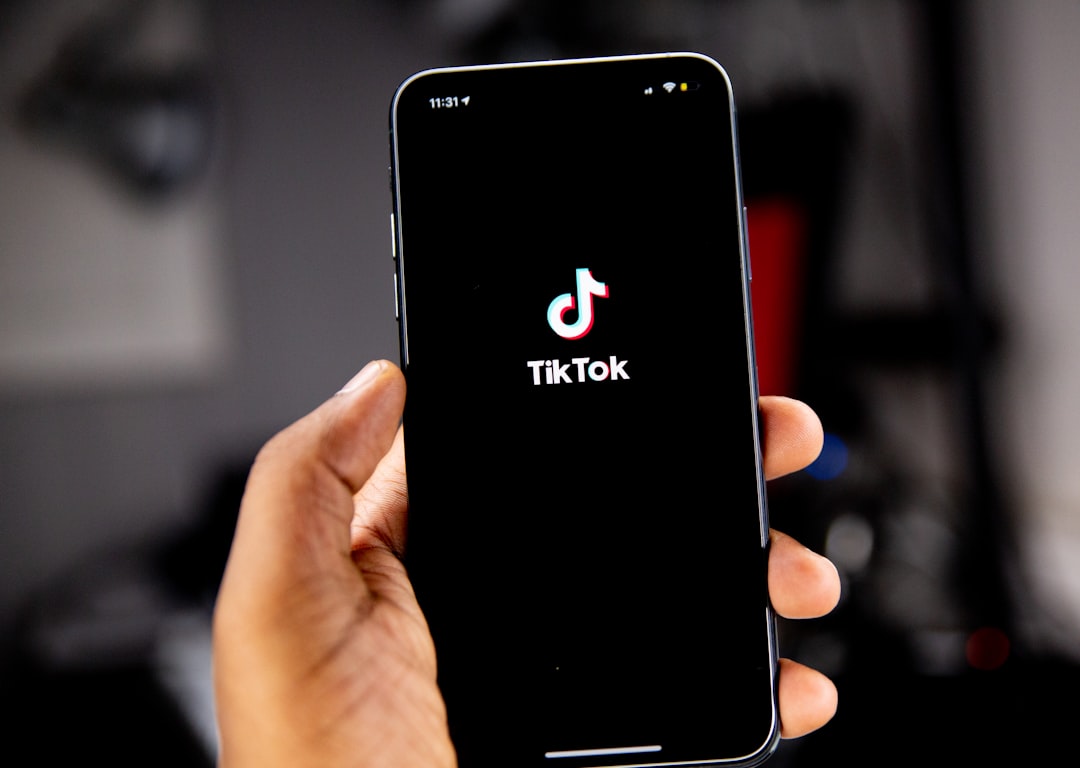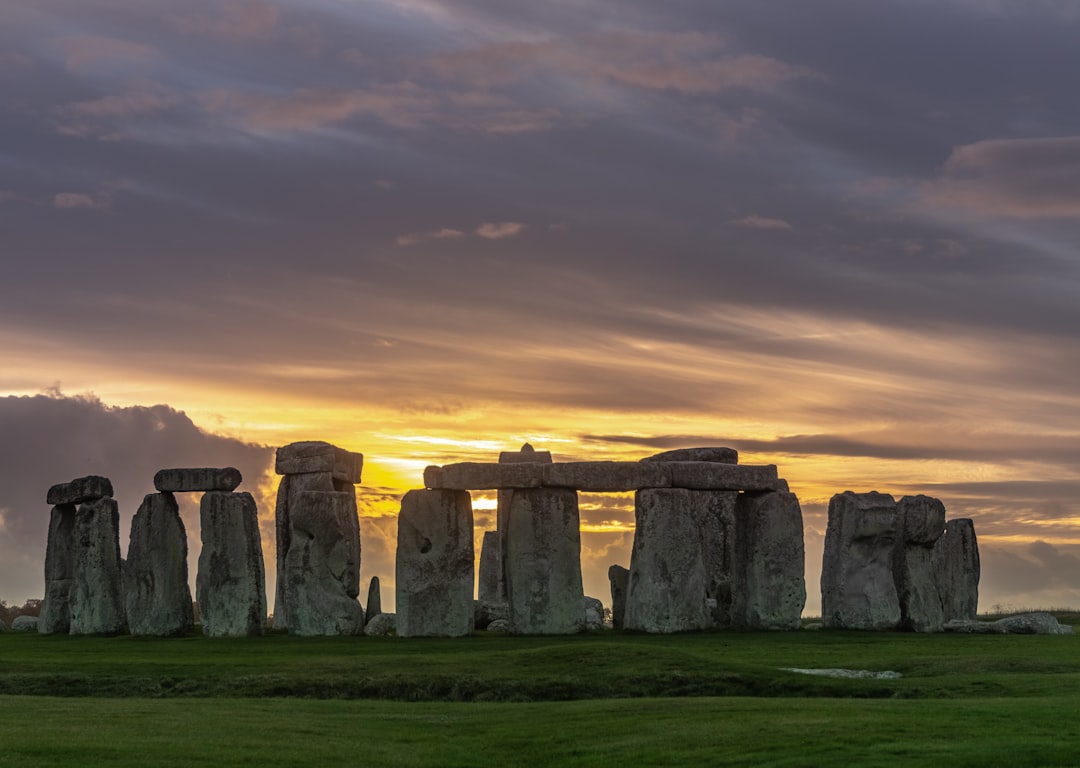
Ant Rawlins, CEO
Anthony is renowned for his keen foresight, making him a sought-after keynote speaker for trend predictions and invaluable insights. Anthony is the driving force behind Navigate, with a legacy spanning over two decades Anthony guides organisations in growth, helping them craft their unique success stories.
From 240,000 to 355,00 visitors in five years. From 85,000 to 100,000 visitors in 10 months. And from 26,000 to 39,076 visitors from June to August.
It’s the impact we had on three very different attractions with three very different propositions, yet each with the same goal: to hit specific revenue targets and visitor numbers to ensure their businesses remained viable, sustainable and, above all, profitable.
What’s more, we helped these attractions (and many others) achieve these very attractive numbers without increasing their marketing spends. Without having to lay-off people to fund budget increases. And without having to restructure their comms function.
All it took to turbo-boost their visitor and revenue numbers were two things. First, an awareness that if they wanted better results, they needed to think differently. And second, a commitment to actually doing things differently. And by “doing things differently”, I mean “doing things digitally”.
More about what that looks like in reality in a minute, but first it’s worth exploring why so many tourism businesses have yet to truly embrace “digital”, which to my mind, is hands-down the most effective and cost-efficient marketing activity out there.



Stuck In The Past
The first reason is that many businesses are still in a pre-pandemic mindset. Last week, I was talking with Olly Reed, Navigate’s Account Director, and we both noted how many conversations we’ve had with attractions recently that cite their visitor numbers from 2019 as a benchmark they’re hoping to return to.
Interestingly, according to the ALVA, as of Feb 2024 UK attractions are now, on average, back to 95% of their 2019 visitor numbers. This is up from 83% in April, 2023. While this is great news and a cause for optimism, I think it misses a fundamental point: that Covid has changed the world intrinsically, permanently, and very quickly.
In fact, the rate of digital change since the pandemic began four years ago has probably been at least five times faster than the rate of change from 2015 to 2019. So it’s a false equivalence to compare pre and post-pandemic numbers when the market context and digital landscape have changed so much, so quickly.
These days, you’re not competing so much with the same attractions you were five or 10 years ago, you’re competing with Netflix, NowTV, Prime, and Disney+, and gaming platforms like PS5, Switch, and Xbox – all of which have grown hugely in recent years.
Look at total leisure spend in the UK and, while it has increased over time, it’s worth noting the way it’s measured has changed, with the Department of Media, Culture and Sport (DMCS) now including subscription services in its data. So the upshot is it’s dangerous to compare today with 2019.
Fewer Resources = A Wider Skills Gap
A second reason that tourism businesses need to embrace digital more is because our industry hasn’t evolved as rapidly as others when it comes to digital marcoms. In part, this is due to independent attractions simply not being able to afford an experienced paid media or digital advertising expert. But it’s also because tourism has to compete for talent with better resourced and better paying industries like eCommerce, Financial Services, Technology, and Retail.
As a result, responsibility for ‘digital’ falls on already overstretched Marketing Managers, Heads of Marketing, or Marketing Directors who typically don’t have the skills required. So what do they do? Well, understandably, they stick to what they know, which entails the same-old traditional marketing approaches – brochures, leaflets, flyers, posters, word-of-mouth, and so on.
That Was Then, This Is Now
A third reason to embrace digital is that audiences have changed. The people you were trying to reach 20, 15, even 10 years ago aren’t there anymore. Today, you’re talking almost exclusively to “millennial parents” of which I am one (with 3 kids, all under 11 years old). And, based on my own and my friends’ habits, we prefer to browse a website than read a brochure or read news online rather than from a newspaper. In my experience, my generation seeks leisure inspiration in places as diverse as TikTok, Insta, Reddit, Facebook, YouTube, and Google, so that’s where your marketing needs to show up.
At Navigate, we allocate 5-10% of our revenue to acquisition (we recommend our clients do, too). Why? Because it’s enough to ensure an always-on and sophisticated approach to acquiring customers, the lifeblood of any business. But it never ceases to amaze me how few attractions do this and just cross their fingers, hoping enough visitors show up each day. I’d argue many won’t exist in 3-5 years if they don’t change their ways immediately.





The Last Word
So to reiterate, tourism businesses need to recognise the leisure landscape has changed forever, and their primary audience, families, are increasingly using digital to organise their lives. Businesses also need to understand that with limited financial and staff resources, it’s more important than ever to use the budget they have wisely.
By allocating 5-10% of your revenue to direct visitor acquisition, and at least 50% of that to digital, you can guarantee both visitor numbers and revenue – provided you're targeting the right audiences using the right digital channels.
What you do with the other 50% is up to you, of course, but I believe it should be heavily focused on attracting local audiences, using the media that will most appeal to them. This could be radio, billboards, or digital TV, but I’d hope it avoids print, which has10x the carbon footprint of digital.
Ultimately, the beauty with digital is that as well as being the quick, cost-effective, and environmentally friendly option, it’s very easy to measure, test, and optimise for maximum impact. Something you simply can’t do with traditional marcoms.
So if you want to ensure your visitor numbers and your revenue each year, talk to us. It’s what we do day in, day out, and it’s something we can do for you – guaranteed.
Make Contact
If you’re ready to discuss your project, we’re ready to listen. Reach out to our team to talk about how we can help. Fill out the form below, to start a conversation.